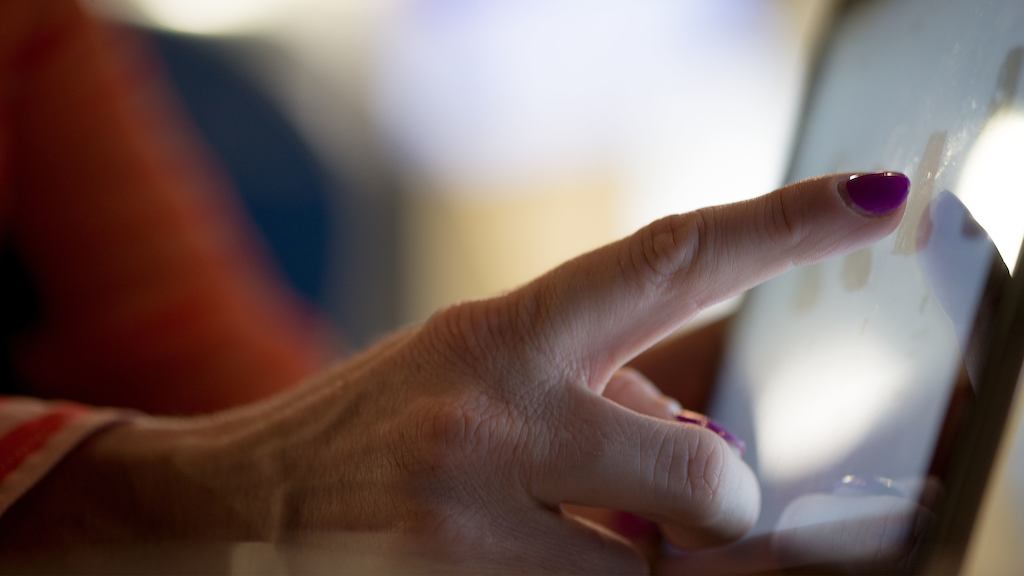Digital can help close the intergenerational gap

In partnership with Age Action Alliance, we've been working on a project to look at what more could be done to get the benefits of digital to those in later life.

In partnership with Age Action Alliance, we've been working on a project to look at what more could be done to get the benefits of digital to those in later life.
Contact our team for more information
Contact us